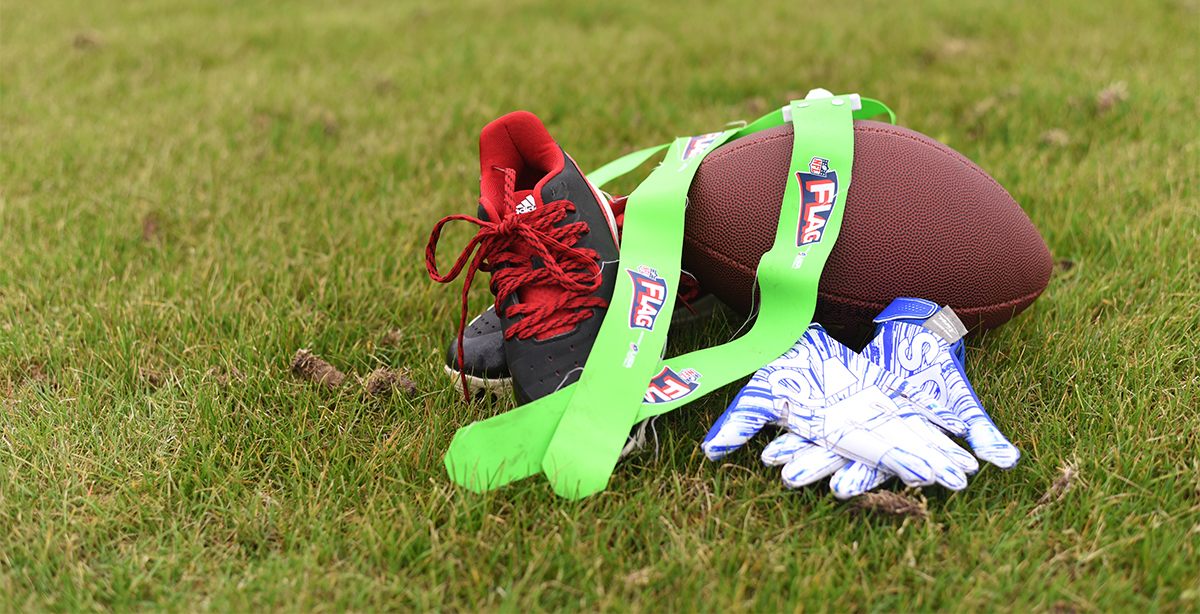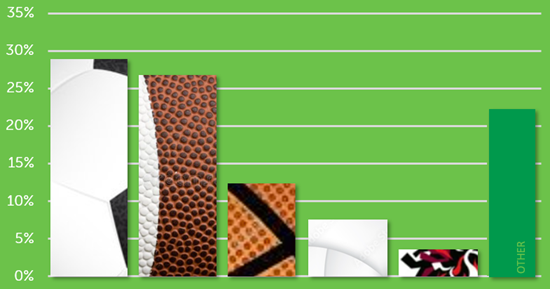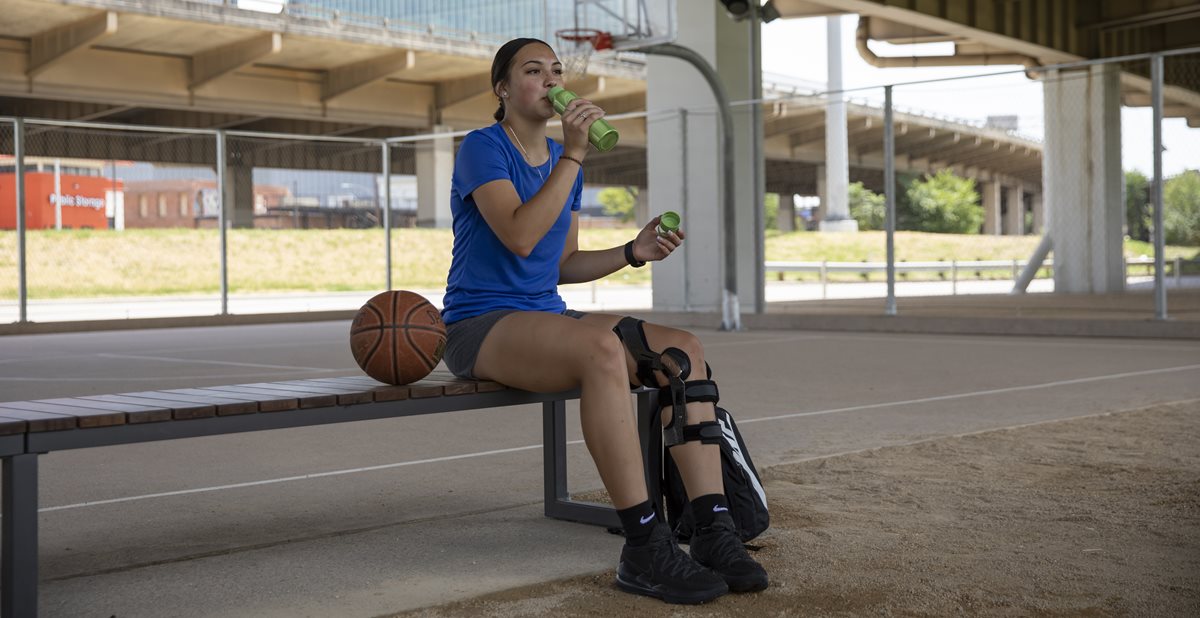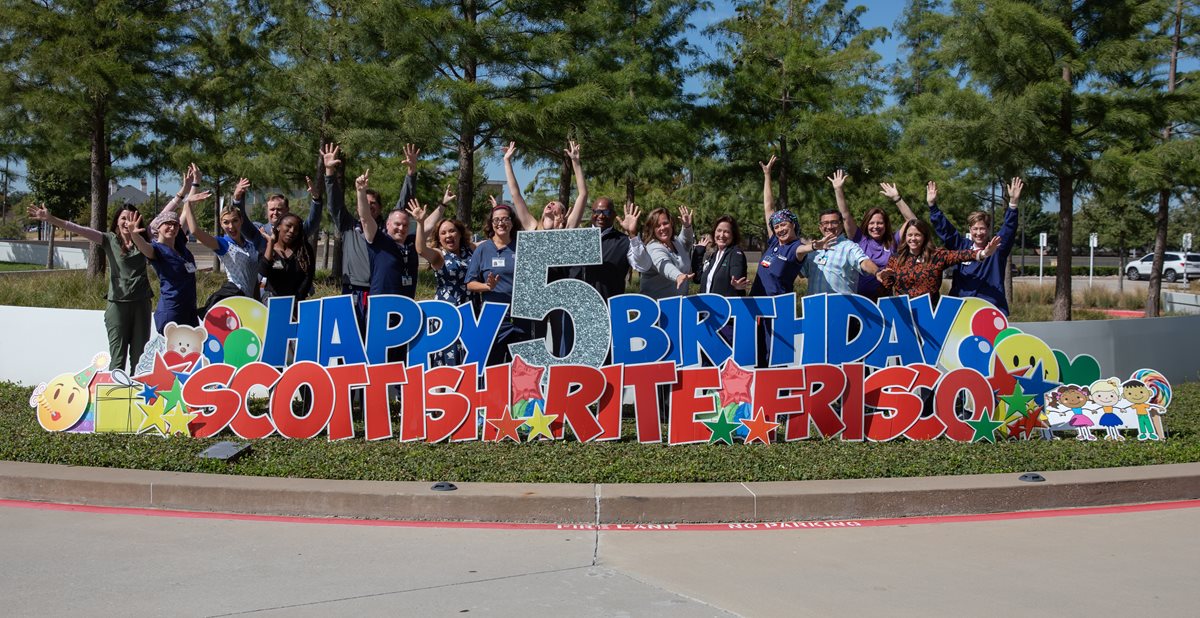
Sep 17, 2021 / Sports Medicine
Countdown to Kickoff!
As a member of the American Academy of Pediatrics Council on Sports Medicine and Fitness (AAP COSMF), Shane M. Miller, M.D., has a passion for educating the community and health care providers about sport-related concussions and other youth sports injuries. When the AAP published a policy statement on football safety, he commented on the recommendations, which include:
Miller loves watching football. You might find him sitting in the Texas sun watching his alma mater, the University of Texas at Austin, or under the Friday night lights as a team physician for Irving Nimitz High School. But, as a sports medicine physician, he sees the hits and falls through a different lens than most fans. Miller is responsible for important return-to-play decisions following injury. He is also passionate about identifying ways to reduce the risks of injury, especially to the head, whenever possible.
Concussions occur in many sports, with the highest occurrence rate in boys’ football and girls’ soccer reported nationally. This is consistent with trends observed in our pediatric sports medicine practice. In a study of 890 patients seen for concussion management, we found that nearly nine out of ten (87.2%) were sport-related concussions. Athletes reported playing the following sports at the time of injury (top five shown):
sports, with the highest occurrence rate in boys’ football and girls’ soccer reported nationally. This is consistent with trends observed in our pediatric sports medicine practice. In a study of 890 patients seen for concussion management, we found that nearly nine out of ten (87.2%) were sport-related concussions. Athletes reported playing the following sports at the time of injury (top five shown):
The AAP recommendations on youth football have the potential to greatly reduce the occurrence of sport-related concussions. The proper and timely response to a possible head injury is also very important. “Remove an athlete from play immediately and do not let them return to play on the same day,” says Miller. He emphasizes this at every opportunity to educate an athlete, a patient family, a friend or medical professionals. He has seen hundreds of young athletes whose recovery and return to play could have been quicker if they had not returned before they were medically cleared.
- Ensure proper enforcement of the rules.
- Consider removing tackling altogether.
- Expand non-tackling leagues.
- Limit impact to the head.
- Delay the age at which tackling is permitted.
- Strengthen neck muscles.
- Have athletic trainers at organized games and practices.
Miller loves watching football. You might find him sitting in the Texas sun watching his alma mater, the University of Texas at Austin, or under the Friday night lights as a team physician for Irving Nimitz High School. But, as a sports medicine physician, he sees the hits and falls through a different lens than most fans. Miller is responsible for important return-to-play decisions following injury. He is also passionate about identifying ways to reduce the risks of injury, especially to the head, whenever possible.
Concussions occur in many
 sports, with the highest occurrence rate in boys’ football and girls’ soccer reported nationally. This is consistent with trends observed in our pediatric sports medicine practice. In a study of 890 patients seen for concussion management, we found that nearly nine out of ten (87.2%) were sport-related concussions. Athletes reported playing the following sports at the time of injury (top five shown):
sports, with the highest occurrence rate in boys’ football and girls’ soccer reported nationally. This is consistent with trends observed in our pediatric sports medicine practice. In a study of 890 patients seen for concussion management, we found that nearly nine out of ten (87.2%) were sport-related concussions. Athletes reported playing the following sports at the time of injury (top five shown):
- Soccer (28.8%)
- Football (tackle) (26.3%)
- Basketball (12.1%)
- Volleyball (7.1%)
- Cheerleading (3.6%)
The AAP recommendations on youth football have the potential to greatly reduce the occurrence of sport-related concussions. The proper and timely response to a possible head injury is also very important. “Remove an athlete from play immediately and do not let them return to play on the same day,” says Miller. He emphasizes this at every opportunity to educate an athlete, a patient family, a friend or medical professionals. He has seen hundreds of young athletes whose recovery and return to play could have been quicker if they had not returned before they were medically cleared.
You’ve Still Got Time
- Download and read this concussion handout with your family.
- Request materials for your coach and team. Email Jonathan.heydrick@tsrh.org.
- Take the Team Up Speak Up Pledge.
- Read more articles on our blog about youth sport-related concussions.



